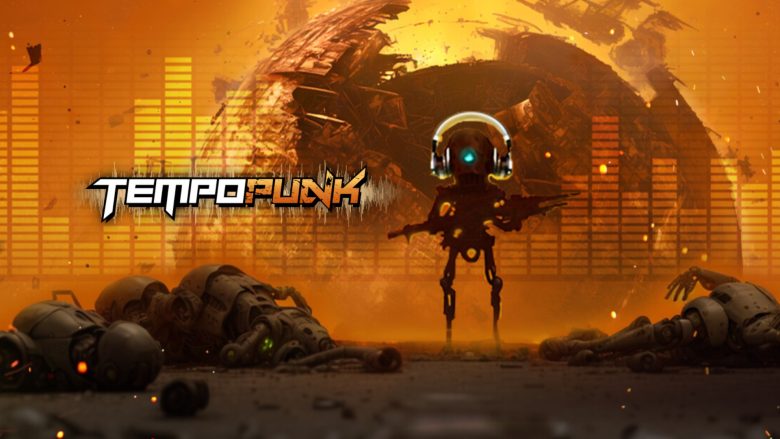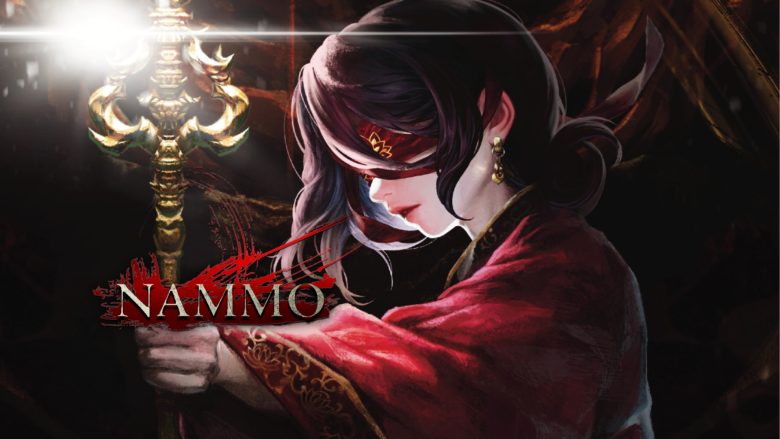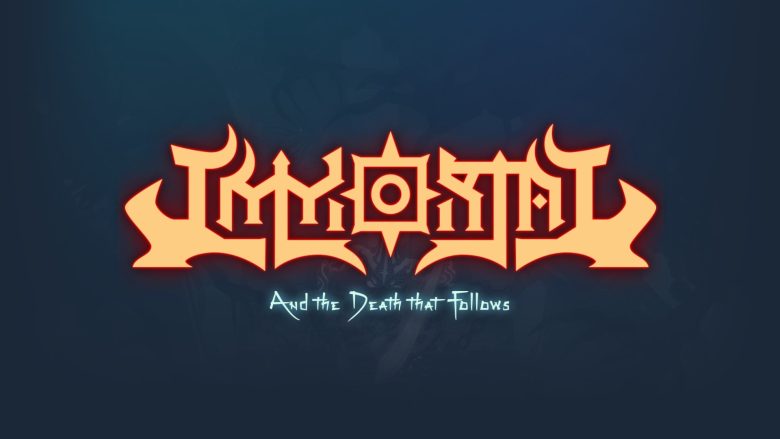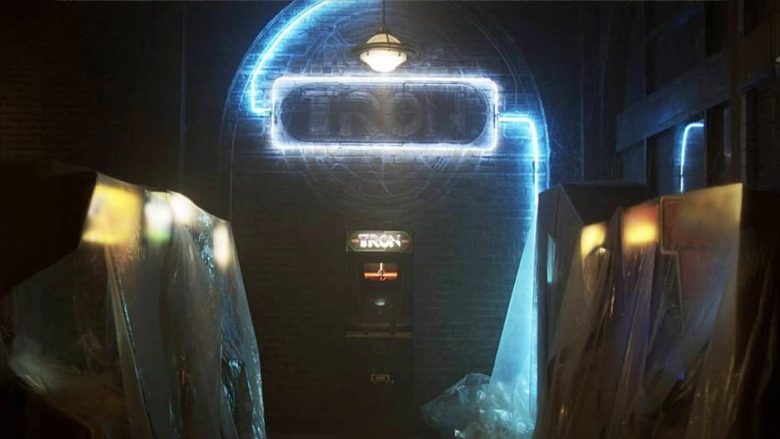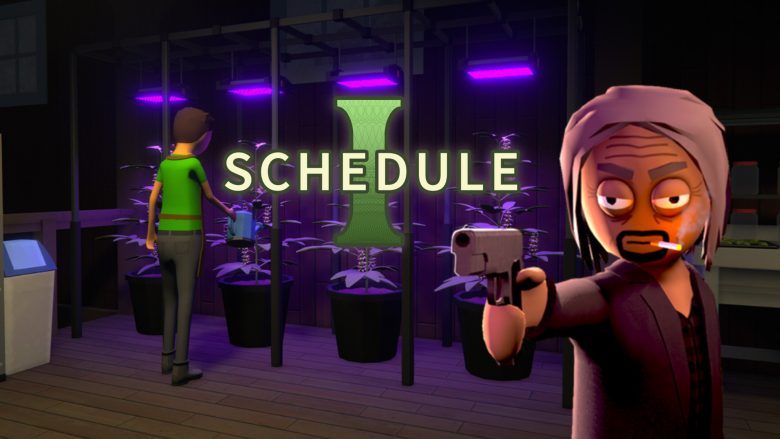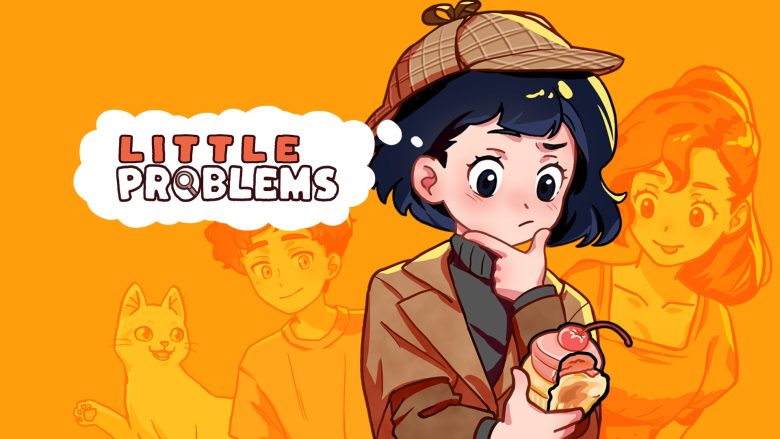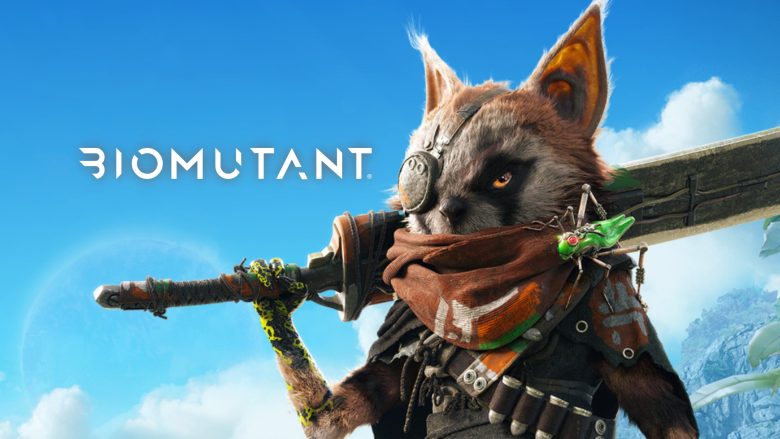Developed by Dougbomb and published by Raw Fury, Blue Prince invites players on a solitary journey through the enigmatic halls of Mt. Holly, in pursuit of Room 46 and an inheritance built on dark secrets.
Describing a game like Blue Prince never comes easy. So many elements demand analysis, all while tiptoeing around spoilers. And even with careful exploration, players often walk away knowing they missed something—some secret interaction, some vital element. The game’s deep puzzle mechanics and item-room synergies encourage experimentation, even absurd combinations, in the hope of uncovering hidden truths.
As we’ll explore further, the main goal revolves around reaching the fabled Room 46 in Mt. Holly. That task alone presents a real challenge due to the strange nature of the house. But reaching that room only reveals that something much bigger lies beneath. Players unravel a web of relationships, blackmail, political maneuvers, and obscure plans, all of which shift the focus away from what once seemed like the main objective.
Reaching Room 46 almost always becomes a must. And like any proper roguelite, each successful attempt adds depth to the story and reveals new pieces of the puzzle.
A Shifting Mansion and Evolving Gameplay
At the start of the story, Simon—the protagonist—inherits the vast Mt. Holly estate. The catch? He must build it himself, room by room, until he reaches the antechamber of Room 46.
As players construct their path, they unlock rooms filled with secrets, clues, and connections to other puzzles. Often, a seemingly minor discovery reveals itself as key to the narrative.
Each playthrough unfolds over several “days.” Simon camps outside the mansion in a tent. Every morning begins in the main hall, where three closed doors await. Approaching each door offers a choice between three room blueprints. Players must consider not just the room type, but also the orientation of its exits—if any exist.
Rooms fall into different categories, each marked by distinct colors. Red rooms usually carry drawbacks, green ones embrace nature and often offer gems, while others contain mysterious machines that activate through puzzle-solving, or grant bonuses. Every room builds the player’s custom path toward Room 46.
We’ll avoid going further to preserve the joy of discovery.



Subtle, Layered Storytelling
Blue Prince embraces minimalism in its narrative. The story doesn’t shout—it lingers in the margins. Letters, environmental clues, and background details form a narrative mosaic that rarely comes together in a single playthrough—or even after several.
Simon acts less like a defined character and more like a mirror. Players project their will and imagination onto him. His silence invites players to explore not just the physical space of the mansion, but its symbolic dimension—as if each room charts a psyche in development. The game skips cutscenes and binary choices. Instead, it offers a slow-burning sense of discovery and responsibility. Every unlocked room, every recovered note, every hidden detail helps build a layered world where the legacy’s power intertwines with that of the truth.
The story resists shortcuts, which makes every breakthrough all the more rewarding. The player turns into a detective, an archaeologist, a psychologist—someone who gathers scattered clues and assigns meaning. The game doesn’t preach, but it demands choices. It doesn’t feature dialogue, yet every action carries weight. Blue Prince exemplifies the “show, don’t tell” philosophy—everything speaks through suggestion, and it’s up to you to listen.
What begins as a private inheritance opens onto a fractured world filled with political tension and half-buried history. Rival factions, redacted names, rewritten books—these subtle details suggest a deeper complexity. The game doesn’t scare with monsters or gore, but with doubt: What lies buried, and why?
Each space reveals a piece of the truth, each discovery rewrites what seemed clear. The game never explains itself, but everything speaks. In the end, the house becomes a silent biography of an entire system.
Keys, Gems, Coins, and Steps
One of Blue Prince’s most important mechanics revolves around movement, consumables, and the resources needed to unlock sealed rooms: coins, gems, and keys.
Let’s start with coins. Players use them to buy consumables and items inside the mansion. Rooms contain them, and certain actions increase the total. Gems and keys work in similar ways, though keys mainly unlock specific doors.
Steps, however, require more careful management. Each day starts with a limited number of steps. Entering a room costs one, so backtracking also eats up your movement. Some rooms demand extra steps or reward you with additional ones. Players may also find food that restores a few steps.
When steps run out, it’s time to “Call a Day” and end that session. Simon must return to camp and begin a new blueprint the next morning. Sometimes, players might still have steps left but run out of rooms to explore—that also ends the day early.
Roguelite Elements and Planning
Blue Prince brings its own twist to the roguelite formula. Room selection involves a mix of randomness and long-term planning, and certain upgrades persist between days.
Success depends heavily on experience. Once players build a room, it usually doesn’t reappear unless it has special conditions. Understanding room synergies becomes key. Planning and experimenting gradually reveal paths to permanent power-ups.
Random item drops also play a crucial role. Some goals remain impossible without the right item—even with flawless planning. Luck still matters, though the game offers ways to increase the chances of finding what you need.



A Quietly Unsettling Aesthetic
Visually, Blue Prince pulls off something rare: it evokes unease and mystery with a stripped-down aesthetic. Instead of photorealism or hyper-detailed textures, it uses clean, geometric, almost schematic design. That simplicity, surreal at times, only heightens the game’s strangeness.
Every room feels distinct, both in layout and color palette. Colors carry meaning—they mark room categories and suggest their risks or roles. This visual language replaces exposition. Icons, symbols, environmental hints… everything conveys intent without text. Despite the variety, a coherent style ties the world together, making it feel alien but grounded.
The interface also deserves praise. It stays minimal and non-intrusive, supporting the experience rather than interrupting it. The menu layout works efficiently, but the real care shows in the map and room blueprint designs. The game uses aesthetics to deepen immersion, and the result feels hypnotic.
Final Thoughts
Blue Prince delivers a rich, layered, and impressively complex experience. Despite its cryptic nature and randomized elements, it draws players in, making each day feel like a challenge worth pursuing. Even after a frustrating run, you’ll want to try again.
Once you lock into its rhythm, the game becomes legible—and it rewards you with that deep sense of discovery. Imagine being a teenager, sole heir to a vast and silent manor, wandering its echoing halls alone. That blend of alienation and wonder defines the game’s atmosphere.
The red letters hint at stories of betrayal, blackmail, and long-buried secrets—and it still feels like we’ve only scratched the surface. This journey feels like a coming-of-age story, one that urges Simon to understand the world he inherited… and prove himself worthy of it.
Blue Prince
PRO
- Subtle, layered narrative full of hidden meaning
- Smartly designed gameplay
- Minimalist yet distinctive visual style
- Smart, consistent room design
- Deep interactions between rooms, items, and puzzles
- Strong sense of progression and discovery
- High replay value thanks to roguelite mechanics
- Clean and effective UI
- Sophisticated and immersive environmental storytelling
CON
- Randomized elements can feel frustrating
- Lack of guidance might disorient less patient players
- Key progress often tied to randomly found items
- Slow, contemplative pacing won’t appeal to everyone
- Some secrets feel overly cryptic or too easy to miss





